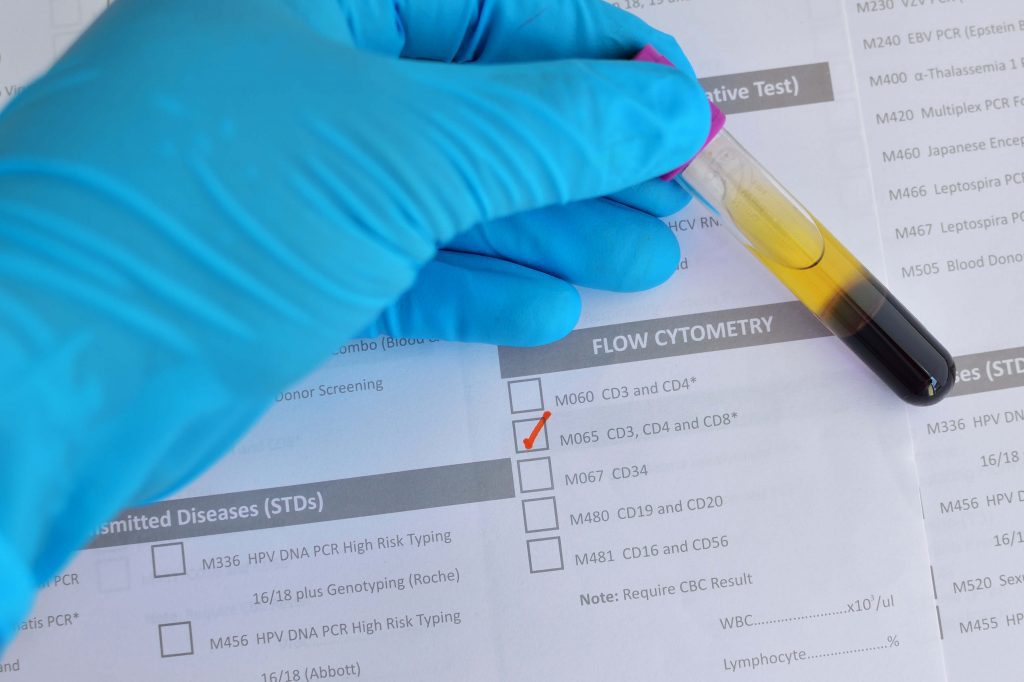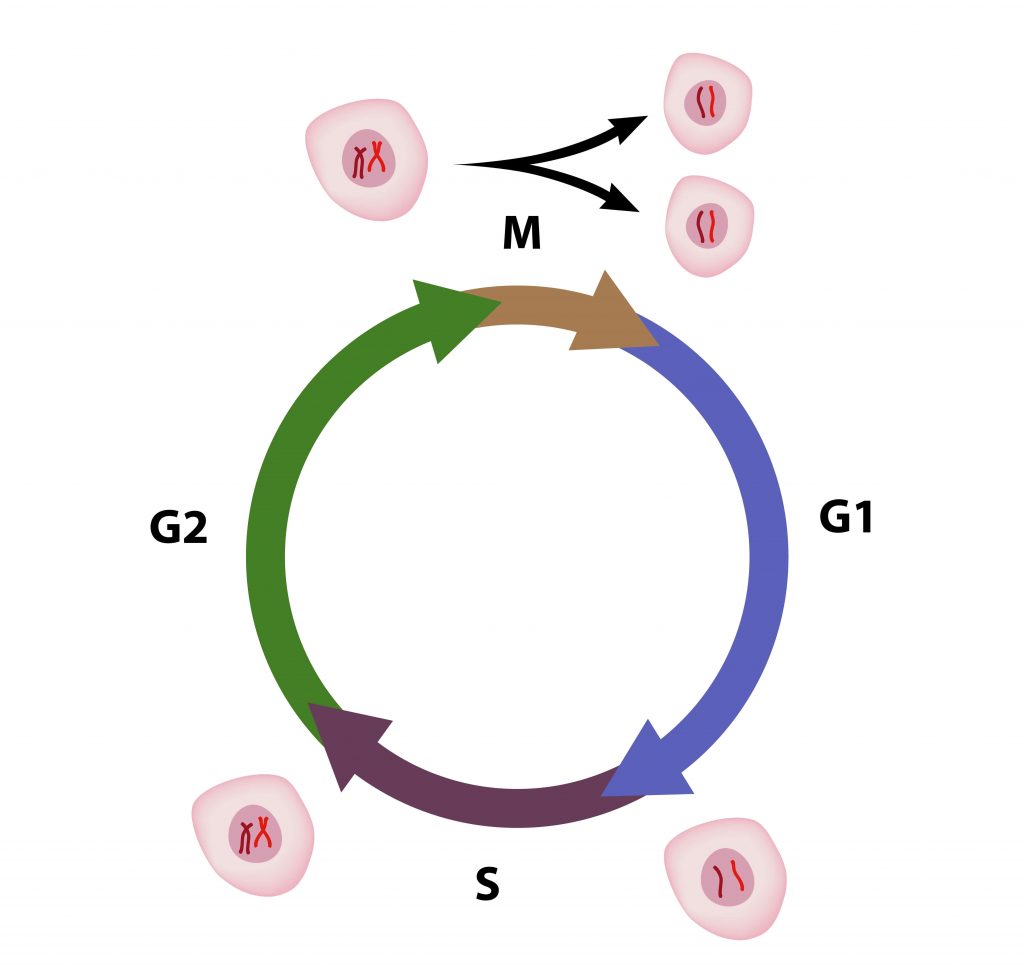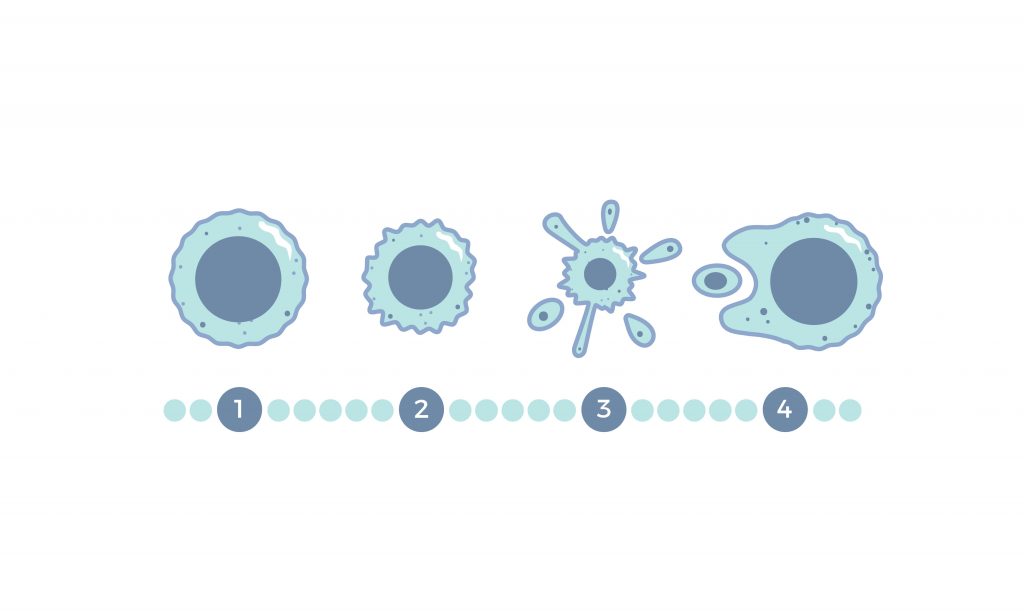Part 1 discussed the principles and customization options available through Avantier to accelerate research in flow cytometry. In Part 2, we will explore the advantages of customized components such as lenses, filters, mirrors, beamsplitters, polarization optics, optical system integration, and coatings, showcasing their valuable applications in various aspects of our lives.
Advantages of customizing Lenses, Filters, Mirrors, and Beamsplitters:
1. Reduction of background noise: Customized optical components help minimize background noise and stray light, resulting in a higher signal-to-noise ratio. This reduction in noise improves data quality and enables the detection of rare events or low-abundance populations within a sample.
2. Enhanced flexibility: By customizing these components, the flow cytometer can be tailored to specific experimental requirements. Selecting appropriate filters, lenses, and mirrors enables the selective detection of specific wavelengths or fluorochromes, facilitating multiplexing and simultaneous detection of multiple parameters.
3. Improved signal detection: Customizing these optical components allows for optimized light collection and transmission, resulting in improved signal detection sensitivity. This leads to better resolution and detection of low-intensity signals, enhancing the accuracy and reliability of measurements.
4. Optimization for specific applications: Different applications demand specific optical configurations. Customizing lenses, filters, mirrors, and beamsplitters allows for optimizing the flow cytometer for specific applications such as DNA analysis, cell cycle analysis, immunophenotyping, apoptosis assays, or rare event detection.
Customizing Polarization Optics:
1. Polarization control: Customized polarization optics optimize the system for controlling and manipulating polarization states. This is valuable for characterizing samples with polarization-dependent properties, such as anisotropic molecules or birefringent materials.
2. Reduction of background noise: Customized polarization optics help mitigate background noise caused by unwanted polarization effects, resulting in improved signal detection and data quality.
3. Increased sensitivity: Customized polarization optics maximize the detection efficiency for specific polarization states, enhancing the flow cytometer’s sensitivity. This is particularly beneficial for applications that require precise polarization information, such as studying molecular orientations or analyzing complex biological samples.
Customizing Optical System Integration:
1. Enhanced performance: Customized optical system integration optimizes the overall performance of the flow cytometer. It ensures proper alignment and efficient light transmission throughout the system, leading to improved accuracy, sensitivity, and reproducibility of measurements.
2. Streamlined workflow: Customized optical system integration facilitates the integration of different optical components, minimizing light loss and reducing potential sources of error. This simplifies the workflow and improves overall efficiency during sample analysis.
Customizing Optical Coatings:
1. Minimized optical losses: Customized optical coatings reduce unwanted reflections and losses, maximizing the transmission of light through the flow cytometer’s optical components. This improves the system’s overall efficiency and sensitivity.
2. Enhanced signal-to-noise ratio: By reducing stray light and background noise, customized optical coatings improve the signal-to-noise ratio, resulting in higher-quality data and improved detection of low-intensity signals.
Applications of flow cytometry today include:
1. Immunophenotyping: Flow cytometry is widely used for characterizing and identifying cell populations based on their surface or intracellular markers. It is particularly valuable in immunology and hematology for profiling immune cell subsets and diagnosing hematological disorders.

2. Cell cycle analysis: Flow cytometry enables the study of cell cycle dynamics by measuring DNA content. It provides valuable information about the distribution of cells in different cell cycle phases, allowing researchers to analyze proliferation, cell cycle arrest, or DNA damage responses.

3. Apoptosis and cell viability assays: Flow cytometry allows the detection of apoptotic and dead cells by using markers that indicate cell membrane integrity, mitochondrial membrane potential, or DNA fragmentation. This is crucial for studying cell death pathways, drug screening, and evaluating treatment efficacy.

4. Intracellular protein analysis: Flow cytometry combined with specific staining techniques enables the analysis of intracellular proteins or signaling molecules. This provides insights into cellular processes, such as signal transduction, protein expression, or cytokine production.

5. Rare event detection: Flow cytometry is capable of detecting and isolating rare cell populations, such as circulating tumor cells, stem cells, or fetal cells in maternal blood. This is valuable for cancer research, prenatal diagnosis, and monitoring minimal residual disease.
6. Functional assays: Flow cytometry can assess cellular functions, such as calcium flux, phagocytosis, cell adhesion, or reactive oxygen species production. These functional assays provide a dynamic understanding of cellular behavior and response to stimuli.
By customizing the components and leveraging the diverse applications of flow cytometry, researchers can obtain precise and reliable data for a wide range of scientific and clinical investigations.
Please contact us if you’d like to schedule a free consultation or request for quote on your next project.
GREAT ARTICLE!
Share this article to gain insights from your connections!

